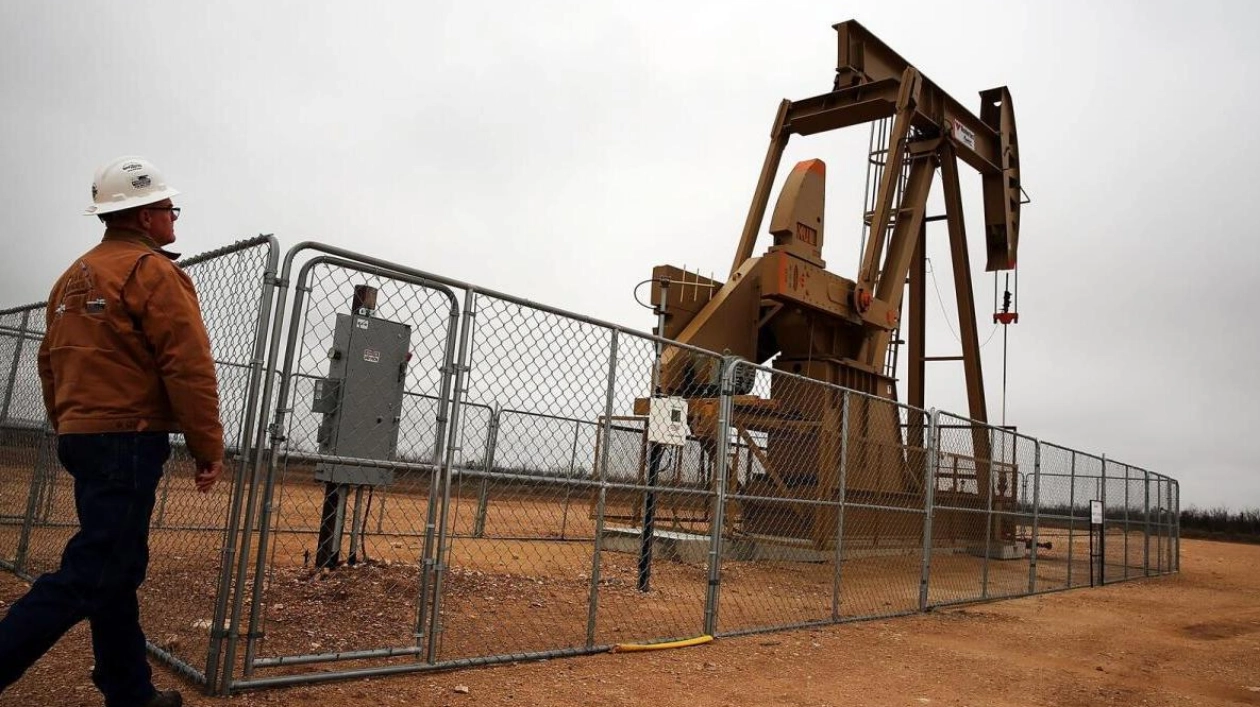The International Energy Agency (IEA) has predicted that global oil supply will surpass demand in 2025, even if Opec+ maintains its current production cuts. This forecast comes as rising oil production from the United States and other non-Opec+ countries outstrips sluggish demand growth. The IEA anticipates an excess supply of over 1 million barrels per day (bpd), equivalent to more than 1% of global output, which poses a challenge for Opec+, which includes the Organisation of the Petroleum Exporting Countries and allies like Russia, as they consider increasing production.
Oil demand growth has been weaker than anticipated this year, largely due to China's economic slowdown and a shift towards electric vehicles. China, which has been a major driver of oil consumption for years, is now facing economic challenges that are dampening its oil growth prospects. The IEA noted in its monthly oil market report that 'China’s marked slowdown has been the main drag on demand.' The report also highlighted that 'rapid deployment of clean energy technologies is increasingly displacing oil in transport and power generation, adding downward pressure to otherwise weak demand drivers.'
Despite this, the IEA has maintained its 2025 oil demand growth forecast at 990,000 bpd. However, it expects non-Opec+ nations to increase supply by 1.5 million bpd, driven by the United States, Canada, Guyana, and Argentina, which exceeds the rate of demand growth. This surplus, as forecasted by the IEA, could complicate Opec+'s efforts to increase production. Earlier this month, Opec+ postponed plans to ease output cuts due to falling oil prices.
The IEA's report suggests that even if Opec+ maintains its cuts, global supply will exceed demand by more than 1 million bpd next year. Oil prices reacted slightly negatively to the report, with Brent crude trading below $73 a barrel. The IEA also slightly increased its 2024 oil demand growth forecast to 920,000 bpd, based on higher-than-expected gasoil demand. The agency noted that the sub-1 million bpd growth pace for both years reflects 'below-par global economic conditions with the post-pandemic release of pent-up demand now complete.'
Forecasts for demand growth in 2024 vary widely, partly due to differing views on Chinese demand and the pace of the global shift to cleaner fuels. The IEA's forecast is at the lower end of industry estimates, while Opec expects much more rapid growth of 1.82 million bpd and 1.54 million bpd for this year and next, respectively. According to the IEA, Chinese demand growth is expected to reach just 140,000 bpd this year, a tenth of the 1.4 million bpd growth in 2023.
Source link: https://www.khaleejtimes.com






